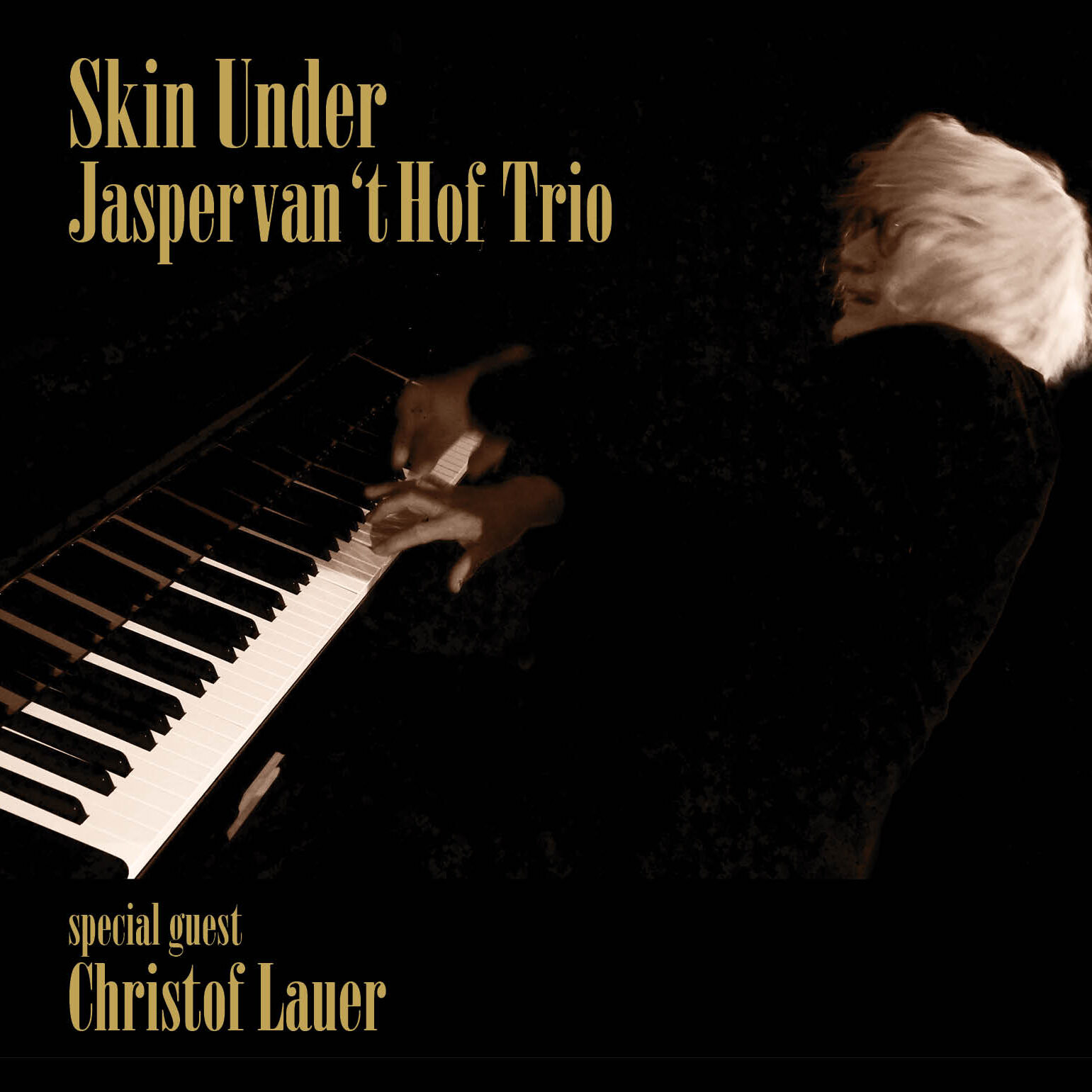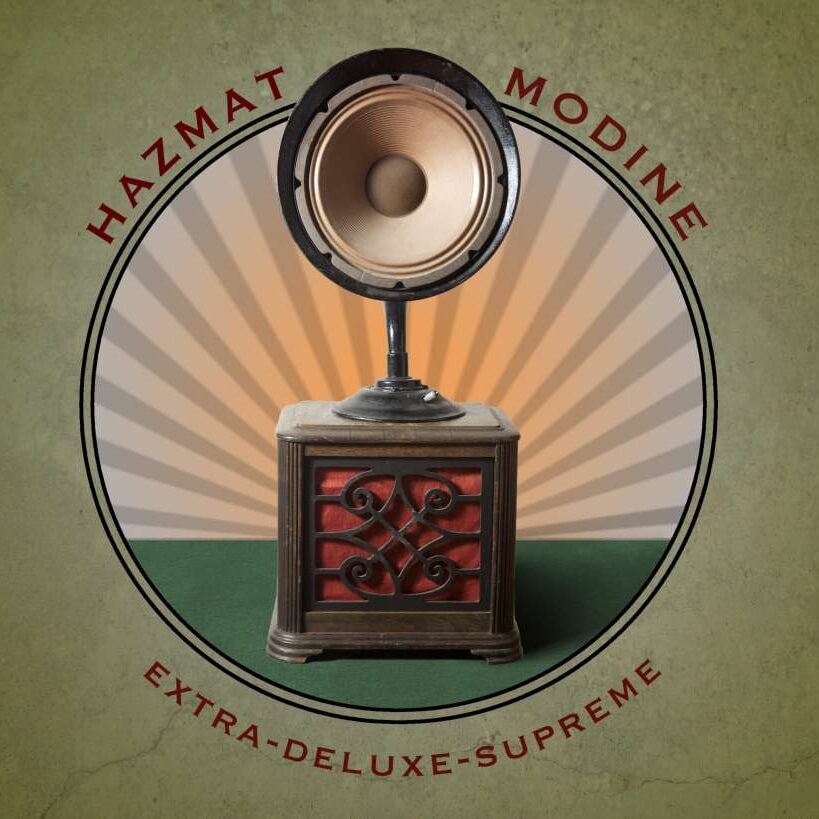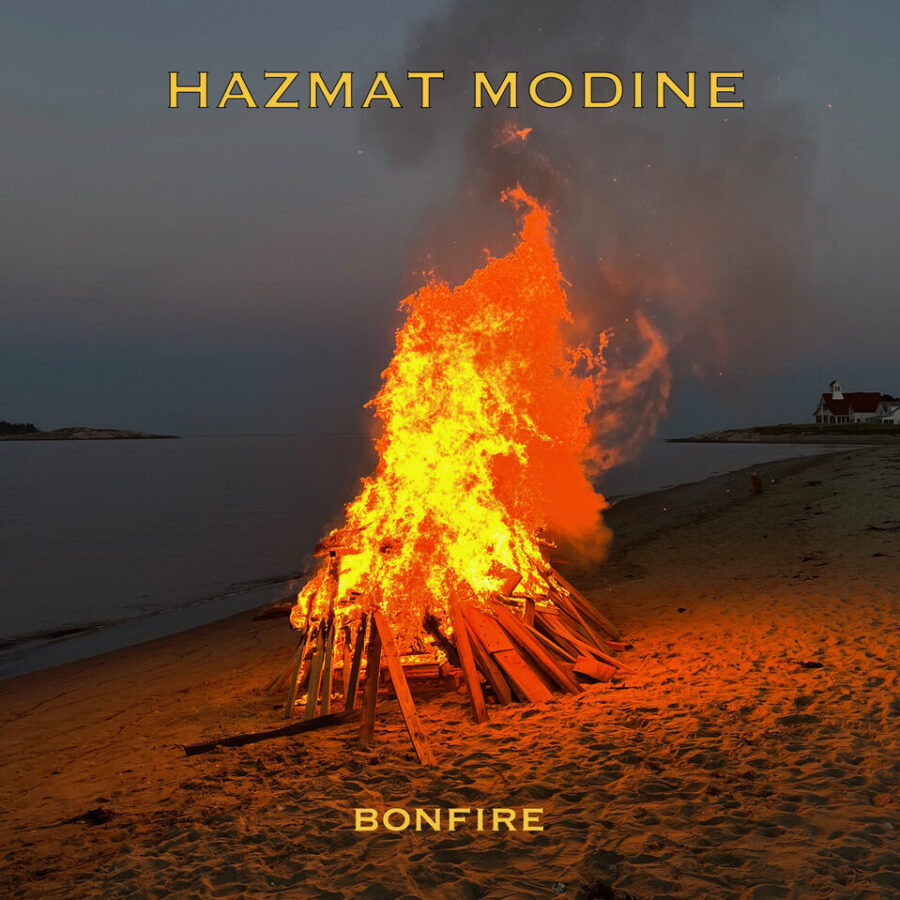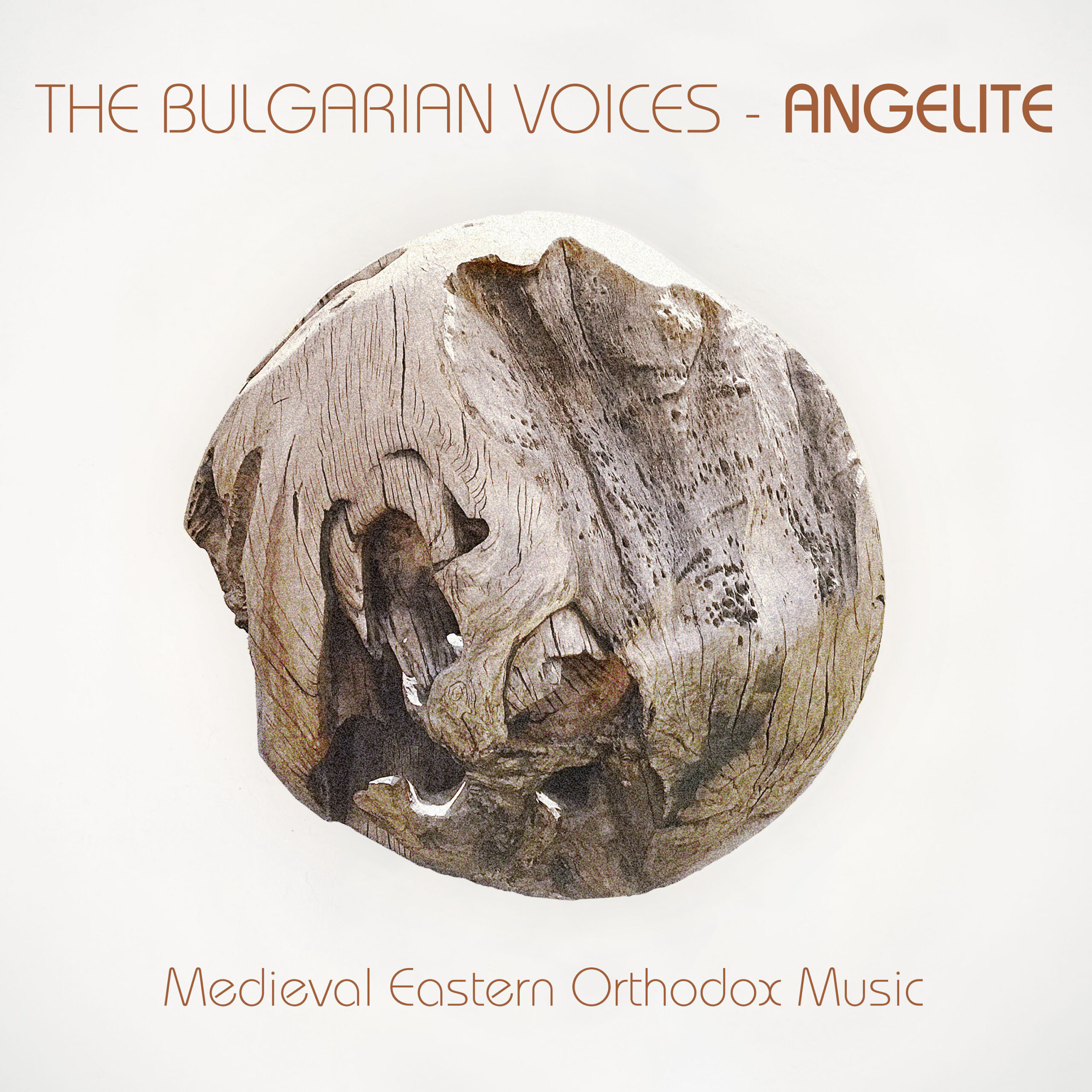[tabs style=”default”][tab title=”Info”]
Originally the term Candombe referred to the entire complex of musical and ritual activities practised by the black (and mulatto) population of Uruguay.
Candombe
In the countries bordering the Rio de la Plata, black people traditionally make up only a small portion of the population. The first African slaves arrived in Montevideo, Uruguay in 1750, a mere twenty-five years after the city had been founded by the Spanish. Whereas in Buenos Aires domestic slavery existed only in isolated cases, entire black districts had sprouted up in Montevideo by the end of the eighteenth century. Soon, however, – in 1814 – slavery was abolished in Uruguay, enabling the black people to introduce elements of their African heritage into the cultural activities of the whites. Driven by necessity, they fused their native traditions with the religious festivals celebrated in honour of the Catholic saints. In as early as 1760, the Afro-Uruguayan Cabido (council) decided on the participation of a representative group in the Corpus Christi procession. Today one can imagine how that encounter must have sounded when one experiences one of the famous “Llamadas” – Candombe festivals in the primarily black districts. The “Llamadas” are the heart of the Uruguayan carnival festivities. Today it designates the traditional drumming style of the Afro-Uruguayans living in Montevideo. What is more, it is associated with a particular rhythm which forms the musical foundation of the Uruguayan carnival.
Tango emerged from the African-based rhythms of Candombe. In Uruguay the descendants of the slaves danced to this rousing music with pronounced hip movements. In the 1880s the “Compraditos”, the forefathers of Tango, passed the time by imitating these movements, now dancing in pairs to the exotic rhythms.
Candombe is played on three drums: the “Piano” (low register / bass), the “Repique” (medium register/tenor) and the “Chico” (high register/alto). The drums are similar to African congas but much larger in circumference. They are played with one bare hand and a stick held in the other hand.
Candombe Uruguayo
Sometimes an artist needs an impulse from the outside. An old friend of Luis di Matteo, the Uruguayan Daniel Philipp – like Di Matteo himself a resident of Germany – was the first person to suggest basing a production on Candombe. The idea came at a time when Luis di Matteo was busy with other projects, but in the years that followed he was confronted with it again and again. Finally, in 1999, with the support of his recording company, Luis di Matteo became actively involved with Candombe.
He was so enthusiastic about the project that he wrote all of the compositions within a few months, then going straight to the studio to begin recording with the Uruguayan musicians he had chosen for this purpose.
[/tab][/tabs]




